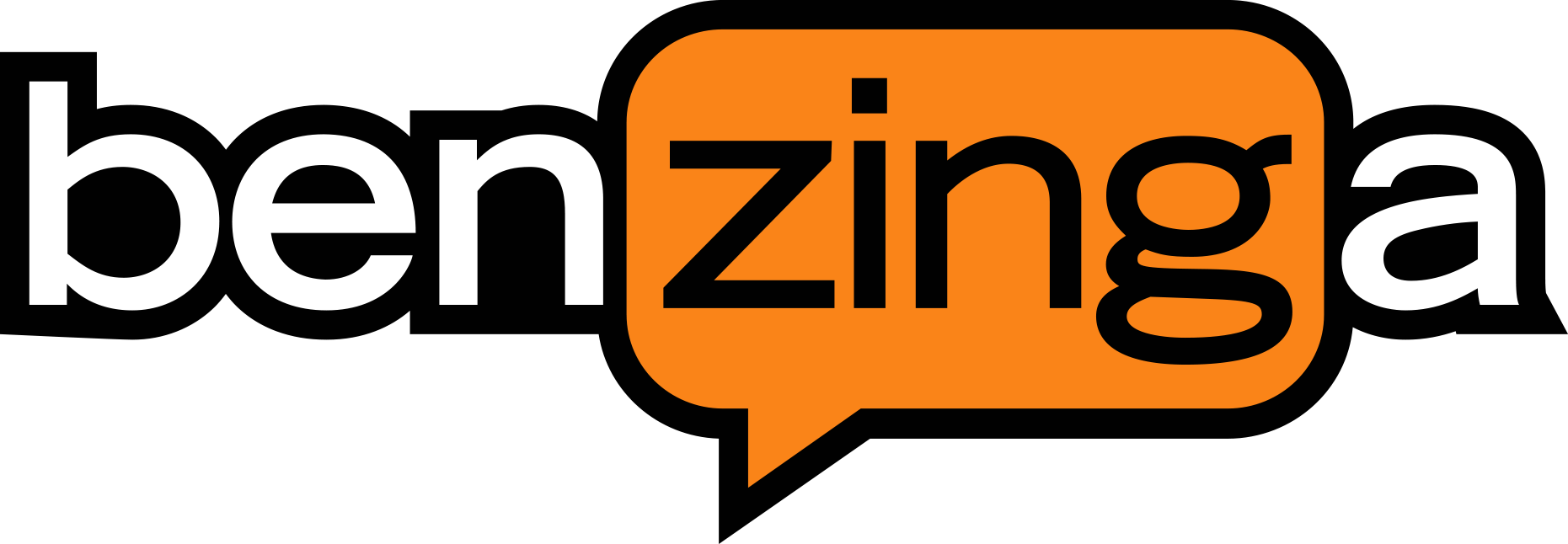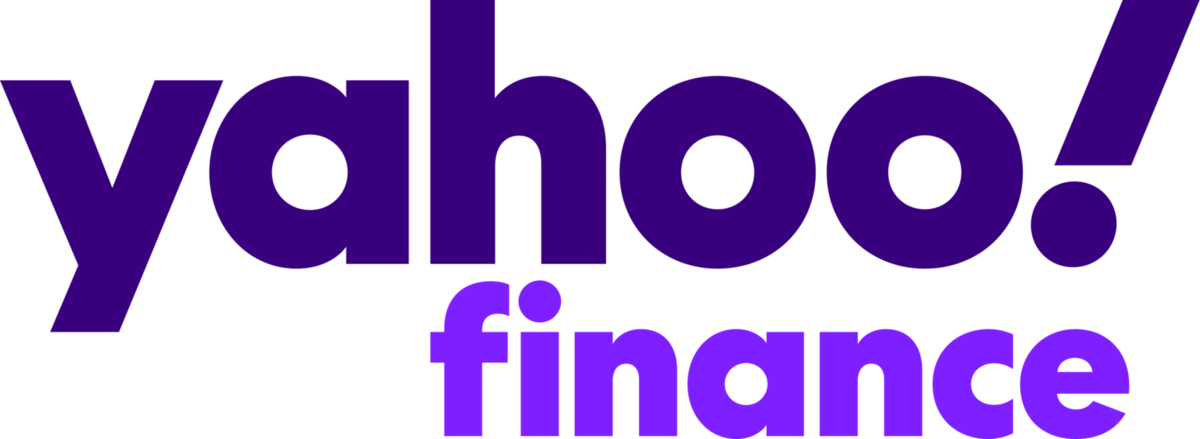CFD Trading
A Contract for Difference (CFD) trading is a low-outlay trading method for both novice and expert investors. It can deal in the value of a share on the stock exchange, commodity or index, including precious metals and even cryptocurrencies.
Because their value is derived from the value of those assets, a CFD is a ‘derivative’. CFDs are paperless, quick and characteristically easy to manage, all factors that contribute significantly to their growing popularity. All transactions are purely contractual and there is no physical delivery of any product.
How do CFDs work?
CFDs are an over-the-counter product, which means that they are not listed on any exchange. Instead, traders and investors deal directly with each other even though neither owns the asset.
In the same way, an investor predicts whether the value of an asset will rise or fall in a given period, and the CFD provider accepts the ‘change’ for an agreed value. You exchange the value of the price difference between open and close of the trading period.
What sets CFDs apart from a regular stock purchase, for example, is that you do not pay the full price up front. Instead, you are only required to have between 1% and 5% in your CFD trading account. The rest of the value is ‘lent’ to you by the CFD firm.
The ‘lent’ capital frees investors to speculate on a far wider range of underlying assets, then would otherwise be possible. The amount that a firm will forward you is usually proportional to the amount that you have deposited in your trading account.
Basic CFD Terminology
To better understand CFDs before you add them to your portfolio, you should learn some basic, frequently-used terms:
Long position – This is when you purchase an asset in the anticipation that its value will increase over the period of the contract. Long trades get their name from the fact that they are generally held for an extended period, ranging from a month to over a year.
Short position – Naturally, a short position is the opposite of the long; here, an investor anticipates the value of the underlying asset to fall. Short trades may often be used on the same asset where the investor holds a long position, allowing them to make a profit in short-term value declines. A short trade can be held for periods as short as a minute.
Underlying asset – The price of a CFD obtained from a physical asset in the market and intimately tied to it.
Exposure – This refers to the real value of your trade, regardless of the amount that you have in your CFD trading account. For example, if your trader may give you a CFD valued at $5,000 at 5% of its value, i.e., just $250. Your exposure is still $5,000 and you are liable for the full amount.
Spread – Not all CFD traders charge commissions but earn through the difference between the actual value of an underlying asset and the value that is offered to clients. For example, a long position CFD for share that is currently valued at $10 may be offered at $10.20 so its value would have to rise above $10.20 for the client to profit from the long position.
Leverage and Margin in CFD trading
A large part of the appeal that CFDs have is that they require a small capital outlay compared to the real value (exposure). It allows smaller investors to trade on underlying assets that would normally be out of their reach. This is known as leverage or trading on margin.
A typical share and stock trading account generally gives investors leverage of 2:1 meaning that you need to have 50% of the exposure value in your trading account. By contrast, a CFD trading account gives you leverage in the region of 20:1, which is just 5% of the total exposure value.
For example, if you have a stock trading account with a traditional broker and want to buy 1,000 shares of a stock valued at $10, you would need to have at least $5,000 (50% of 1,000 x $10) in that account. Now, if you buy 1,000 contracts of a CFD worth $10 with a typical CFD trader, you might need to have just $500 (5% of 1,000 x $10) in your account.
So, while the exposure (and your liability) is $10,000 in both cases, you are able to take that position for much less in the case of a CFD. You are entitled to your profit or your loss as if you had bought it 100% upfront.
If the investment does not pan out in your favour, the CFD trader will contact you to make up the difference. This is known as a ‘margin call’. It refers to the amount you need to deposit in your CFD trading account to sustain the losses.
Advantages and Disadvantages
As with any product in your portfolio, they are advantages and disadvantages with CFDs. Understanding them will allow you to make better decisions before you enter the market.
Advantages of CFDs
- Range – The ability to trade high-value underlying assets for a small deposit.
- Cost – There is usually no commission charged on a CFD transaction.
- Speed – A CFD contract is activated immediately when you accept the trader’s quote.
- Accessibility – CFD s are available 24 hours a day with an online platform like The Golden Horizon.
Disadvantages of CFDs
- Risk – The small value of the outlay can tempt investors to take unnecessary risk.
- Input – Investing in stock through CFDs precludes shareholder rights like AGM participation.
- Cost – Some CFDs incur holding costs at the end of each trading day.
The Golden Horizon USP
The Golden Horizon is an online trading platform that allows you to trade CFDs with underlying assets from around the world. Our low fees and charges, as well as our narrow spreads, give you the opportunity to trade with a competitive broker.




